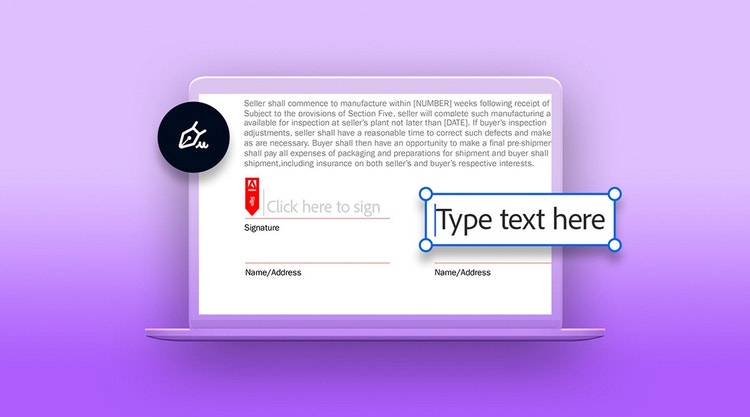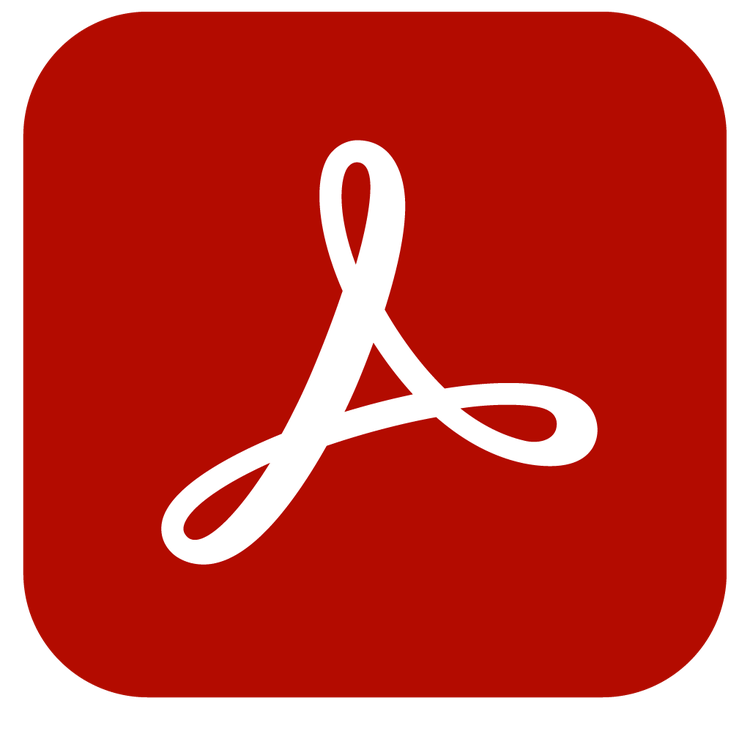ADOBE ACROBAT SIGN
Everything you need to know about SBA disaster relief loans.
Economic relief options are available after a disaster. Learn how Acrobat Sign can help your business apply for relief loans.

Introduction to disaster relief loans
When unexpected catastrophes like hurricanes, fires, and earthquakes occur, the US Small Business Administration (SBA) provides relief in the form of low-interest rate loans to businesses and homeowners that are affected by a disaster declaration. Additionally, there are loans and grants designed to help assist businesses that have been impacted by COVID-19.
SBA disaster assistance and eligibility.
There are several categories of disaster loan: physical disaster loans, Economic Injury Disaster Loans (EIDL), and Military Reservist EIDLs. The first two loans are designed to provide relief to businesses that are affected by a federally declared disaster. In the case of Military Reservist EIDLs, these loans are designed to make up for economic hardship created by employees leaving to serve in the military.
A common misconception about EIDL loans is that they are only for property damage to buildings or business assets affected by a disaster. But any business or borrower, in a declared disaster area, that is harmed economically by a disaster and that needs working capital can apply for these loans. For instance, the COVID-19 pandemic reduced overall foot traffic and customer availability to many businesses — so this applies. And many of these loans are much easier to gain access to thanks to technological developments.
Additionally, businesses of all sizes can be covered by these disaster loan programs, though private nonprofit organizations need to look to different programs. These loans were designed to help cover losses not already covered by insurance and/or FEMA.

COVID-19 disaster relief.
The coronavirus pandemic has significantly damaged the productivity of many businesses, and thus there are special loans for businesses affected by COVID-19. Thanks to the recent legislation of The CARES Act, the Economic Aid Act, and The American Rescue Plan, funds are available for many small businesses. Additionally, some grants do not require repayment.
What SBA loans cover.
While there might be more events and disasters that are covered by an SBA loan, the most common problems these loans are designed to address are:
- Physical damage
- Replacement of property
- Mitigation (protection against flood, wildfire, etc. damage)
- Operating expenses
- Economic injury or lost income
Amounts you can borrow.
The good news for many businesses is that many of the available loans go as high as $2 million, many of which have reasonable or low interest rates. However, any loan above $25,000 will require collateral.

The steps for applying for a disaster loan.
Here is a general overview of the steps you’ll need to take to apply for a disaster recovery loan.
1. Register with the Federal Emergency Management Agency (FEMA):
This will help you get a FEMA registration number, which is required for the SBA application process. If you’re applying for COVID-19 relief, there is a separate process that does not involve FEMA.
2. Make sure you have the right information:
You’ll need a Social Security number, FEMA registration number, contact information, deed or lease information, financials, and employee identification number. There are also IRS forms that might be required.
3. Fill out the application:
You can navigate to the appropriate forms here before filling them out and signing them digitally with an app like Acrobat Sign.
4. Estimates:
Once your application has been reviewed, an SBA verifier will determine the total monetary loss to your business.
5. Closing documents:
If your application is approved, you’ll be sent loan-closing documents to sign, and then you will get your initial disbursement.
6. Case manager assistance:
Once you’ve received your loan, you’ll work with a case manager who will help you get the remainder of the loan and meet loan requirements and conditions.
How to manage and track documentation.
In any document-heavy process, keeping track of all the paperwork is essential for success. If you can track what you’ve signed, what you’ve sent, and all the relevant information you’ve pulled together for an application, then you’re in a better position to work with case managers and the SBA.
Acrobat Sign and the Adobe Document Cloud are here to help. Acrobat Sign allows you to create an e-signature experience that sidesteps the need to be constantly printing and filing. You can get the necessary loan application documents filled out and signed in moments, and two-factor authentication and audit trails will help you keep things secure and organized.

